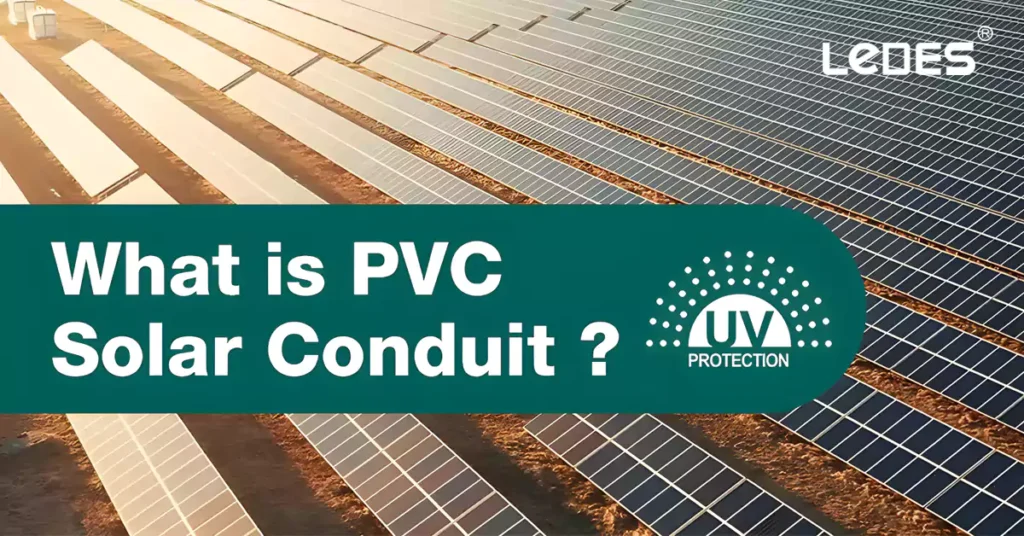
Table of Contents
In recent years, the rapid growth of solar energy has paved the way for innovative solutions in the field of electrical conduit. As modern society strives for cleaner and more sustainable energy sources, the demand for efficient and reliable solar installations has skyrocketed. This article aims to shed light on the concept of PVC Solar Conduit by providing an overview of electrical conduit and its specific application in solar energy systems.
Understanding Electrical Conduit:
Electrical conduit serves as a protective pathway for electrical wiring, providing a safe and organized means of routing power and communication cables. It plays a vital role in safeguarding electrical circuits from physical damage, moisture, and environmental factors. Conduit systems are commonly used in residential, commercial, and industrial settings to ensure the integrity and longevity of electrical installations.
What is PVC Solar Conduit?
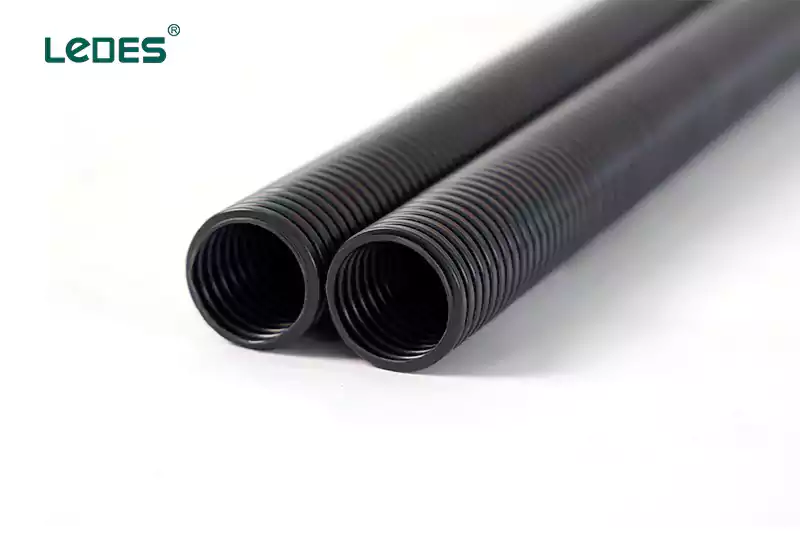
PVC (Polyvinyl Chloride) Solar Conduit is a specialized type of electrical conduit specifically designed for solar photovoltaic (PV) systems. As solar energy installations continue to expand, the unique requirements of these systems have led to the development of conduit solutions tailored to their needs.
Standards and Requirements for PVC Solar Conduit:
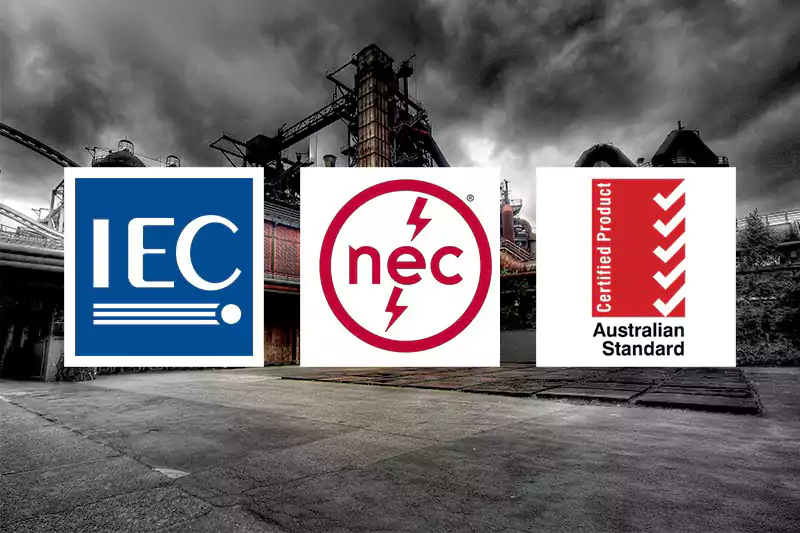
To ensure the quality, safety, and compliance of PVC Solar Conduit, various standards and requirements have been established. These guidelines help manufacturers, installers, and regulatory bodies maintain uniformity and reliability in solar energy systems.
1. National Electrical Code (NEC):
The NEC is a widely recognized standard in the electrical industry that provides requirements for the safe installation of electrical systems, including conduit. It addresses the sizing, installation methods, and grounding of conduits used in solar energy systems. Compliance with NEC standards is crucial to ensure the proper installation and functionality of PVC Solar Conduit.
2. IEC Standards:
The International Electrotechnical Commission (IEC) has developed several standards relevant to electrical conduit, including those applicable to PVC Solar Conduit. IEC 61386-21 provides specifications for rigid conduit systems, while IEC 61386-24 covers the requirements for flexible conduit systems. These standards address factors such as dimensions, mechanical properties, and performance characteristics of conduit systems used in various applications, including solar installations.
3. AS Standards:
Standards Australia (AS) also plays a significant role in establishing standards for electrical conduit. AS 2053 provides specifications for both rigid and flexible conduits used in electrical installations. These standards cover aspects such as materials, dimensions, mechanical strength, and resistance to environmental factors. AS 2053 ensures that PVC Solar Conduit meets the necessary requirements for durability and performance in solar energy systems.
4. UV Testing:
Considering the exposure of solar installations to sunlight and UV radiation, PVC Solar Conduit should undergo UV testing to assess its resistance to degradation. UV testing involves subjecting the conduit to simulated sunlight and monitoring its performance over time. The test results provide valuable data on the conduit’s ability to withstand prolonged exposure to UV radiation without significant degradation or loss of properties.
Ledes solar conduit products passed 1080 hours UV-aging test, no obvious colour change and no degradation of properties.
5. Fire Ratings:
Fire safety is a critical consideration for electrical conduit systems, including PVC Solar Conduit. Fire-rated conduit is designed to resist the spread of fire and maintain the integrity of electrical circuits during a fire event. Fire ratings are typically classified based on criteria such as flame resistance, smoke generation, and toxicity. PVC Solar Conduit should meet the applicable fire rating standards, such as UL 1660 or AS 3013, to ensure its compliance with fire safety requirements.
6. High and Low Temperatures Testing:
Solar panel installation often in the outdoor exposed environment, such as desert areas, the temperature changes fast. Long time exposure to high and low temperatures, the conduit could be:
Warping and cracking: Exposed conduit could become vulnerable to damage and cracking easily.
Brittleness: The conduit may become brittle and prone to breakage under physical stress. Performance degradation: Extreme temperatures can degrade the performance of conduits over time and compromising its protective ability.
For these situations, solar conduit should engineered to withstand extreme temperatures. LEDES solar conduit passed -15℃to 105℃ temperature tests, and maintained its functionality integrity. No signs of brittleness or cracking.
Regional Comparisons:
In different regions, such as North America and Australia, there may be variations in the specific standards and requirements for PVC Solar Conduit. For example, in North America, the National Electrical Code (NEC) sets guidelines for conduit installations, while UL standards certify the safety and performance of electrical products. In Australia, the Wiring Rules (AS/NZS 3000) and AS standards dictate the requirements for conduit systems. Comparing these regional standards can provide insights into the different approaches taken to ensure the quality and safety of PVC Solar Conduit.
Application and Prospect of PVC Solar Conduit:
PVC solar conduit is commonly used in the following applications:
● Solar PV Project:
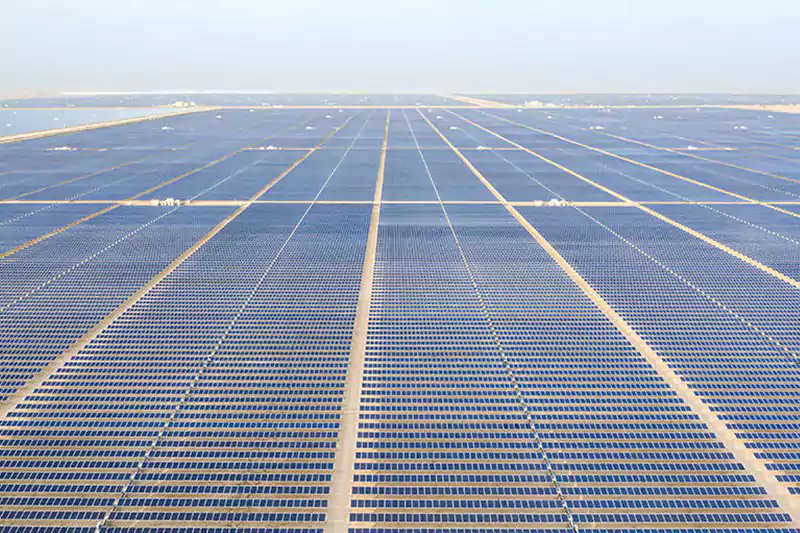
Solar PV projects involve the installation of solar panels to generate electricity from sunlight. These projects can range from small-scale residential installations to large solar farms that span several acres.
Ledes solar conduit have been used in some big PV projects and gained well recognition. Including the ASB 2.6GW project in Saudi Arabia, and the PV2 project in Abu Dhabi, which are currently the two largest solar photovoltaic projects in the world. The application of PVC Solar Conduit in solar PV projects is crucial for the safe and efficient routing of electrical cables.
● Solar Farm:
A solar farm is a large-scale installation comprising numerous solar panels, often arranged in rows or arrays, to generate electricity on a commercial scale. These farms harness solar energy and convert it into usable electricity. PVC Solar Conduit plays a significant role in connecting and protecting the extensive network of electrical cables within a solar farm. It ensures the proper routing and organization of cables, maintaining the integrity and efficiency of the electrical system.
● Modern Farms and Agricultural Facilities:
Modern farms and agricultural facilities are increasingly integrating automation and electrical systems for tasks such as automated irrigation, temperature control, and livestock management. These systems require reliable and efficient electrical installations. By utilizing clean and environmentally friendly solar power systems, farmers can significantly reduce costs and enhance production efficiency. PVC Solar Conduit and accessories are essential components in the installation of solar power systems on farms. They provide a safe and organized pathway for electrical wiring, ensuring the stability and longevity of the electrical system.
● Solar Facilities:
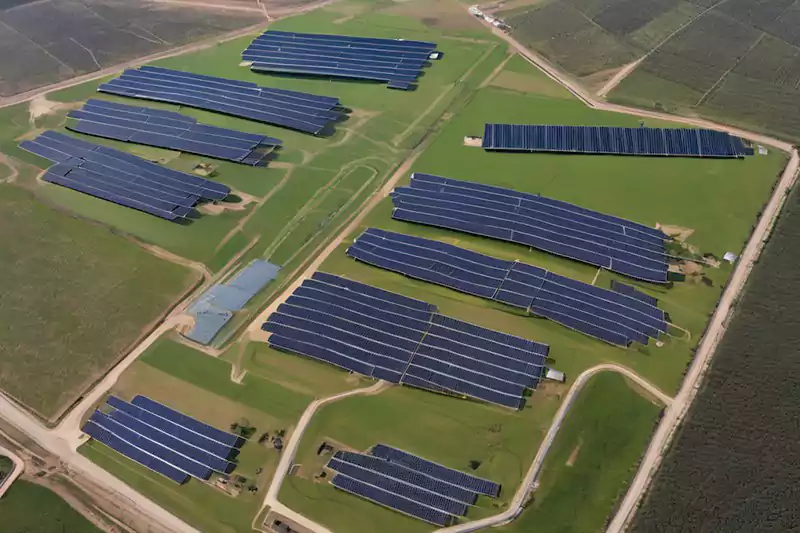
For small-scale processing facilities and factories, incorporating solar power systems as a backup electricity source can be advantageous. Solar energy systems can help reduce the load on the main power grid and provide cost savings. In such cases, solar power can be used to supply electricity to specific equipment or areas, such as lighting, employee dormitories, or backup power for critical systems like network centers. PVC Solar Conduit is vital for the installation and connection of these solar power systems, ensuring reliable and efficient electricity distribution.
Future Outlook of PVC Solar Conduit:
The future outlook for PVC Solar Conduit appears promising as the world increasingly shifts towards renewable energy sources, such as solar power. Here are some key points and data references to consider:
1. Growing Demand for Solar Energy:
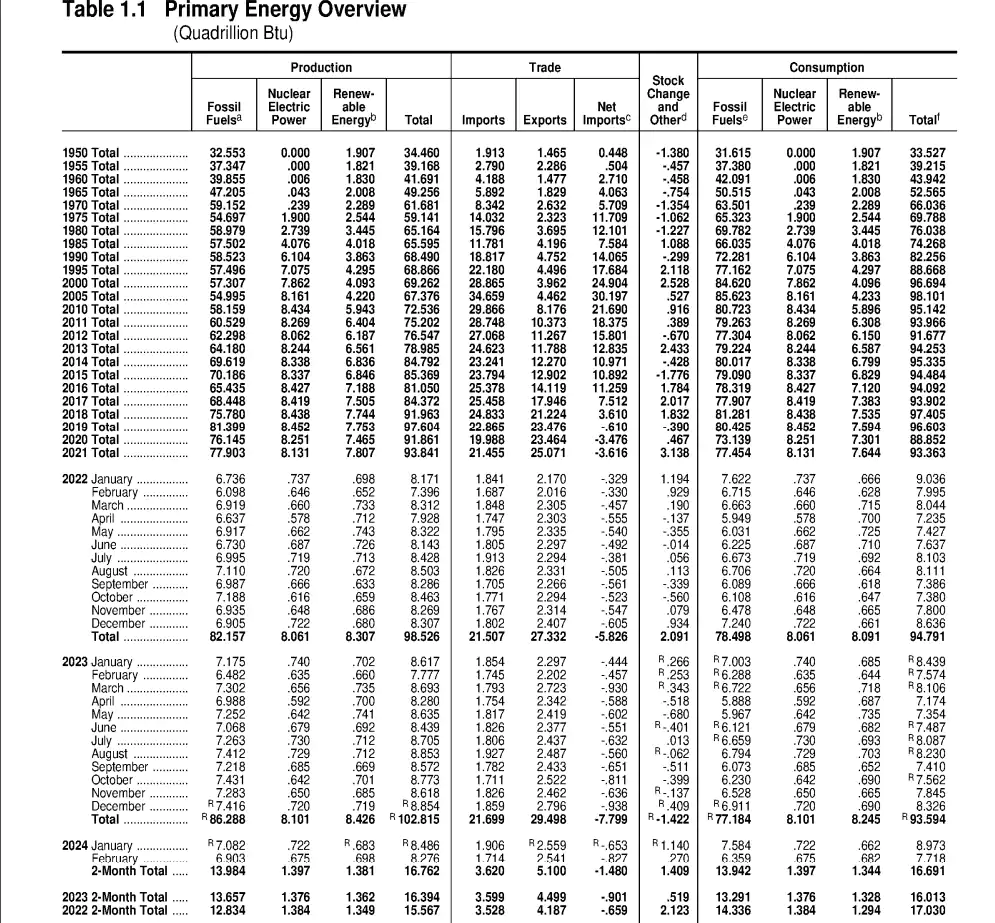
The demand for solar energy has been steadily increasing globally. According to the U.S. General Services Administration data, new energy sources like solar power have been gradually gaining momentum, with renewable energy witnessing significant growth after 2022. This trend indicates a shift towards cleaner and more sustainable energy options, including solar power.
2. Increasing Solar Installations:
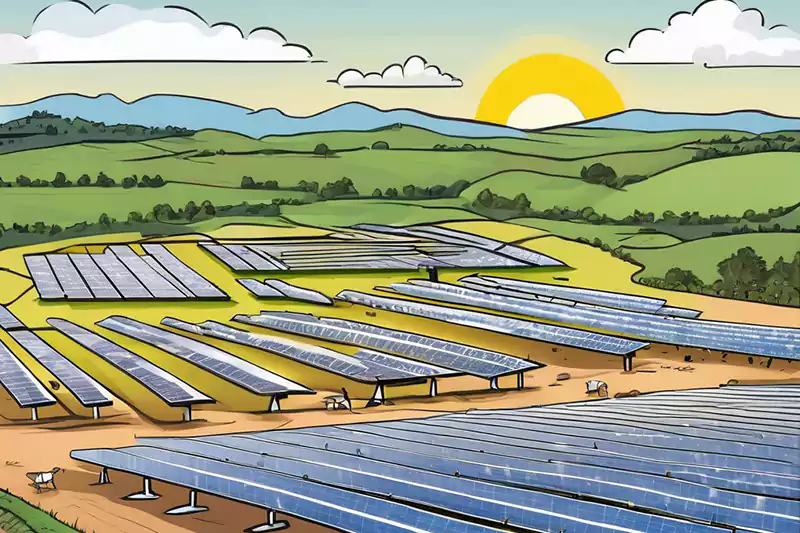
The installation of solar panels and solar energy systems is on the rise, both in residential and commercial sectors. As governments, businesses, and individuals seek to reduce their carbon footprint and embrace renewable energy, the adoption of solar power systems is expected to continue its upward trajectory. This increased installation activity will drive the demand for PVC Solar Conduit as a vital component in these systems.
3. Favorable Government Policies and Incentives:
Many governments worldwide are implementing supportive policies and incentives to encourage the adoption of renewable energy, including solar power. These policies include feed-in tariffs, tax credits, grants, and other financial incentives. Such initiatives create a favorable environment for the growth of solar energy projects, which, in turn, fuels the demand for PVC Solar Conduit.
4. Advancements in Solar Technology:
The ongoing advancements in solar technology, including improvements in the efficiency and affordability of solar panels, are making solar power more accessible and economically viable. As solar technology continues to evolve, the demand for PVC Solar Conduit is expected to grow in tandem to meet the installation requirements of advanced solar systems.
5. Sustainability and Environmental Awareness:
Increasing environmental consciousness and concerns about climate change are driving the transition to renewable energy sources. Solar power is considered one of the cleanest and most sustainable forms of energy, as it produces no greenhouse gas emissions during operation. The use of PVC Solar Conduit aligns with the goal of creating environmentally friendly solar energy systems, further contributing to the industry’s growth.
PVC solar conduit plays a crucial role in protecting and securing electrical wires and cables in solar power systems. Its usage ensures the safe and efficient transmission of electricity generated from solar panels. With the continuous technological advancements and shifting consumer preferences towards sustainable energy solutions, the demand for PVC solar conduit is expected to witness substantial growth.
Types of Solar Conduit:
There are various types of conduits used in solar energy applications. These conduits can be classified into two main categories based on their material composition: metallic conduits and non-metallic conduits.
Metallic Conduits:
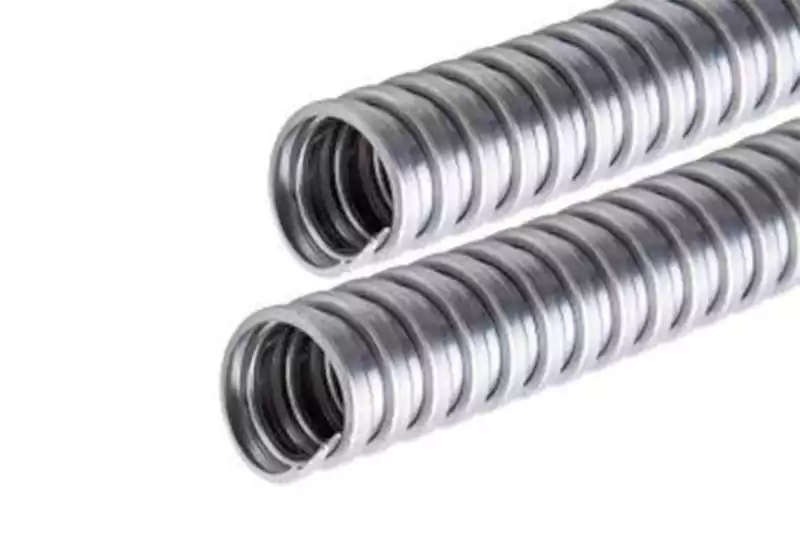
● Electrical Metallic Tubing (EMT)
Also known as thin-wall conduit, EMT is made of galvanized steel and is commonly used for residential and light commercial applications.
– Advantages: Lightweight, easy to bend and install, cost-effective, good corrosion resistance.
– Disadvantages: Less physical protection compared to rigid conduits, not suitable for harsh environments.
● Rigid Metal Conduit (RMC)
Made of thick-wall galvanized steel, RMC provides a high level of physical protection for electrical wiring in more demanding applications.
– Advantages: Provides excellent physical protection, suitable for demanding environments, high durability.
– Disadvantages: Heavy and rigid, more difficult to install compared to other conduits, higher cost.
● Galvanized Rigid Conduit (GRC)
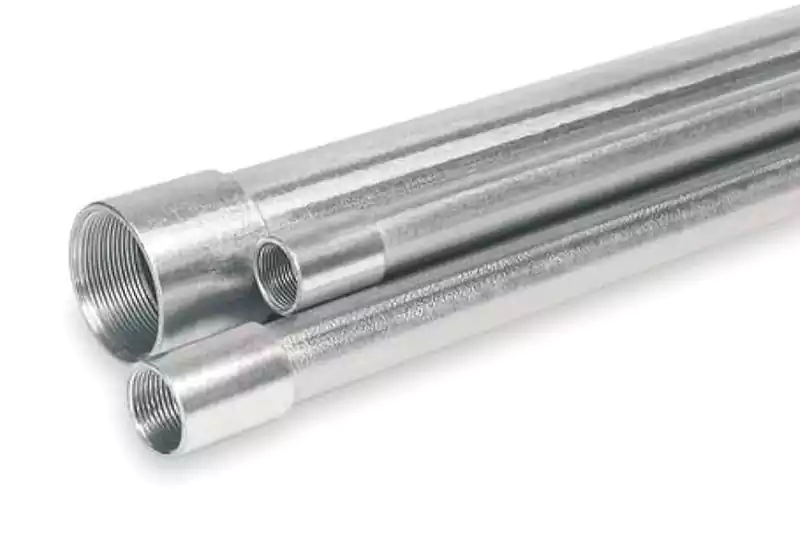
Similar to RMC, GRC is a thicker-walled conduit made of galvanized steel and is commonly used in industrial and commercial settings.
– Advantages: Offers superior protection in hazardous locations, high strength, excellent corrosion resistance.
– Disadvantages: Heavy and rigid, more expensive than other metallic conduits.
● Liquid-tight Flexible Metal Conduit (LFMC)
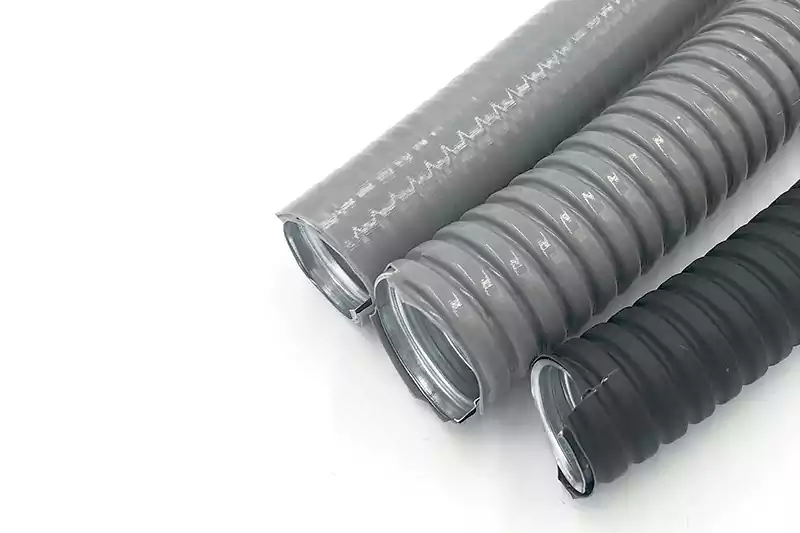
This conduit consists of a flexible metal core and a liquid-tight outer covering, providing protection in environments where moisture or liquid exposure is a concern.
– Advantages: Flexibility for easy installation in tight spaces, provides liquid-tight protection, suitable for outdoor and wet locations.
– Disadvantages: Limited mechanical protection compared to rigid conduits, higher cost compared to non-metallic conduits.
Non-Metallic Conduits:
● PVC Conduit
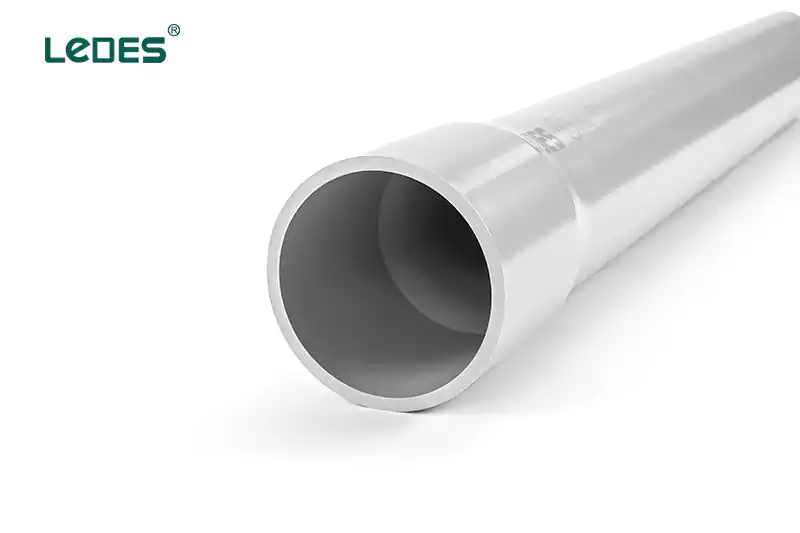
PVC (Polyvinyl Chloride) conduit is a popular choice for electrical installations due to its durability, affordability, and resistance to corrosion. It is available in various sizes and is commonly used in both residential and commercial applications.
– Advantages: Lightweight, low cost, corrosion-resistant, easy to install, available in various sizes and lengths.
– Disadvantages: Lower impact resistance compared to metallic conduits, may degrade under prolonged exposure to sunlight.
● Electrical Nonmetallic Tubing (ENT)
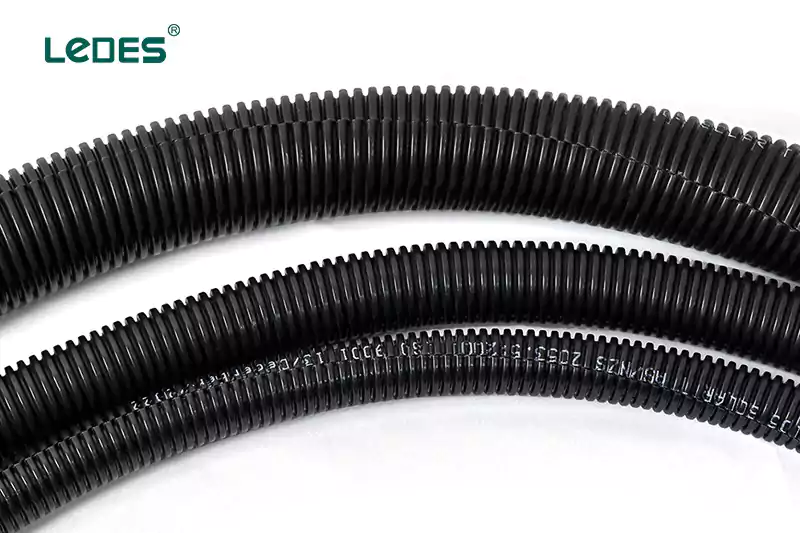
ENT is a flexible, non-metallic conduit typically made of PVC or a blend of PVC and nylon. It is commonly used in residential and light commercial applications due to its ease of installation.
– Advantages: Flexible and easy to install, resistant to corrosion and moisture, suitable for residential applications.
– Disadvantages: Less mechanical protection compared to rigid conduits, limited temperature tolerance.
● Liquid-tight Flexible Non-Metallic Conduit (LFNC)
LFNC, also known as liquid-tight PVC conduit, is a flexible conduit with a liquid-tight outer covering. It is commonly used in outdoor and wet locations where protection against moisture and liquids is required.
– Advantages: Provides liquid-tight and flexible protection, suitable for outdoor and wet locations, resistant to corrosion.
– Disadvantages: Limited mechanical protection compared to rigid conduits, higher cost compared to PVC conduit.
● HDPE Conduit
HDPE (High-Density Polyethylene) conduit is a durable and flexible non-metallic conduit commonly used for underground installations. It offers excellent resistance to chemicals, UV exposure, and environmental stress.
– Advantages: Durable and flexible, excellent resistance to chemicals and UV exposure, suitable for underground installations.
– Disadvantages: Limited mechanical protection compared to metallic conduits, higher cost compared to PVC conduit.
Why Solar Conduit?
Solar conduit is crucial for solar energy systems due to the following reasons:
Protection
Solar conduit provides essential protection to electrical cables and wiring in solar installations, safeguarding them from physical damage, environmental factors, moisture, UV radiation, and pests. This protection ensures the long-term reliability and safety of the system.
Compliance
Solar conduit helps meet electrical code and safety requirements specific to solar installations. It ensures proper wire management, grounding, and insulation, reducing the risk of electrical hazards and ensuring compliance with local regulations and standards.
Durability
Solar conduit is designed to withstand the harsh outdoor conditions typically associated with solar installations. It is built to resist extreme temperatures, moisture, sunlight exposure, and chemicals, ensuring long-lasting performance and minimizing maintenance needs.
Organization
Solar conduit allows for organized and neat wiring within the solar energy system. It helps route and manage electrical cables, reducing the risk of tangling, interference, and accidental damage. Proper organization simplifies system maintenance, troubleshooting, and future expansions or upgrades.
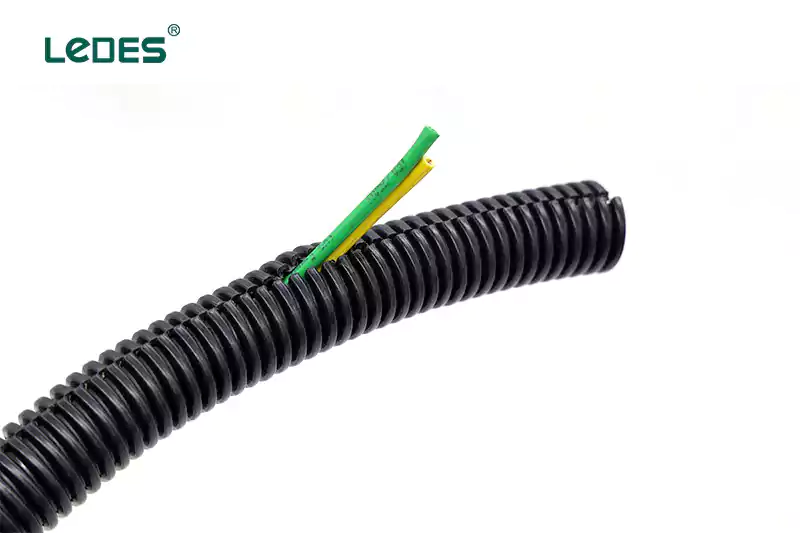
Comparison: PVC Solar Conduit vs. Metallic Solar Conduit
1. PVC Solar Conduit:
Advantages:
Cost-Effective: PVC conduit is generally less expensive compared to metallic conduits, making it a cost-effective choice for solar installations.
Easy Installation: PVC conduit is lightweight and easy to handle, simplifying transportation and installation processes.
Safety: PVC provides reliable electrical insulation, ensuring a safe and secure electrical system within the solar installation.
Corrosion Resistance: PVC is inherently resistant to corrosion, suitable for various environmental conditions.
2. Metallic Solar Conduit (e.g., EMT, RMC, GRC):
Advantages:
Superior Protection: Metallic conduits offer excellent physical protection for electrical wiring in demanding environments and hazardous locations.
Durability: Metallic conduits have high durability and strength, providing long-lasting performance and protection against physical damage and external factors.
Disadvantages (Metallic Conduit):
Higher Cost: Metallic conduits are generally more expensive compared to PVC conduit.
Difficult Installation: Metallic conduits are heavier and more rigid, making them more challenging to install compared to PVC conduit.
Solar Conduit Fittings:
Fittings are essencial in the electrical installations, here are some common used fittings that Ledes provides:
Junction Boxes
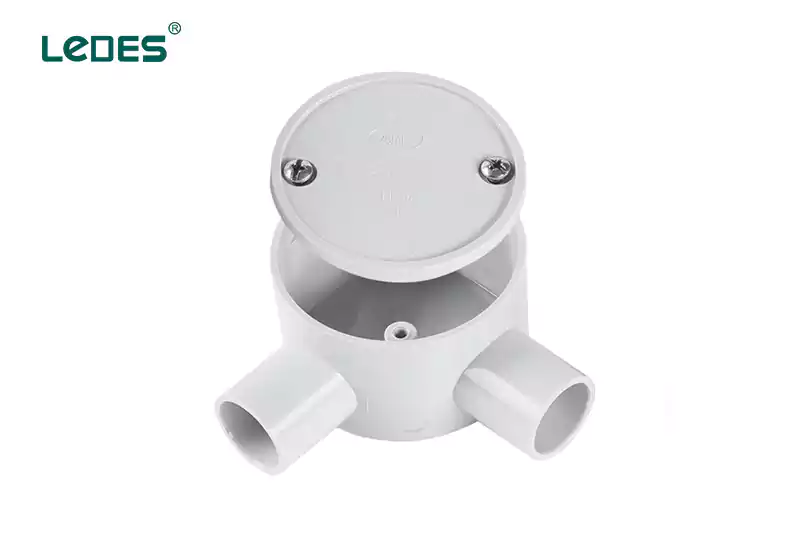
Junction boxes are electrical enclosures used to protect and connect electrical wires or cables. They provide a safe and organized space for splicing wires, making connections.
Sweep Bends
Sweep bends, also known as sweeping elbows, are curved conduit fittings used to change the direction of a conduit run smoothly. They have a larger radius compared to standard elbows, which helps reduce the risk of damaging or kinking the wires inside the conduit during bending.
Standard Elbows
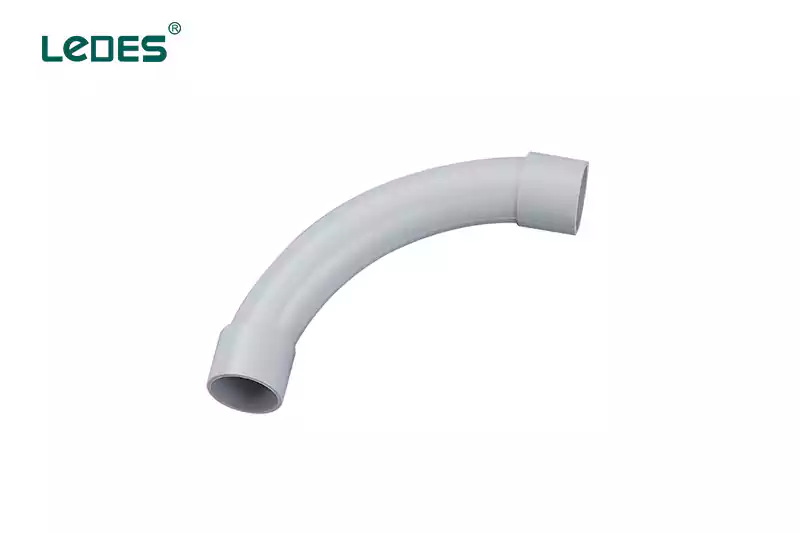
Standard elbows, also referred to as rigid elbows, are conduit fittings used to change the direction of a conduit run by 90 degrees. They are commonly used in electrical installations to navigate corners or obstacles while maintaining the proper alignment and protection of the electrical wiring.
Solid Elbows
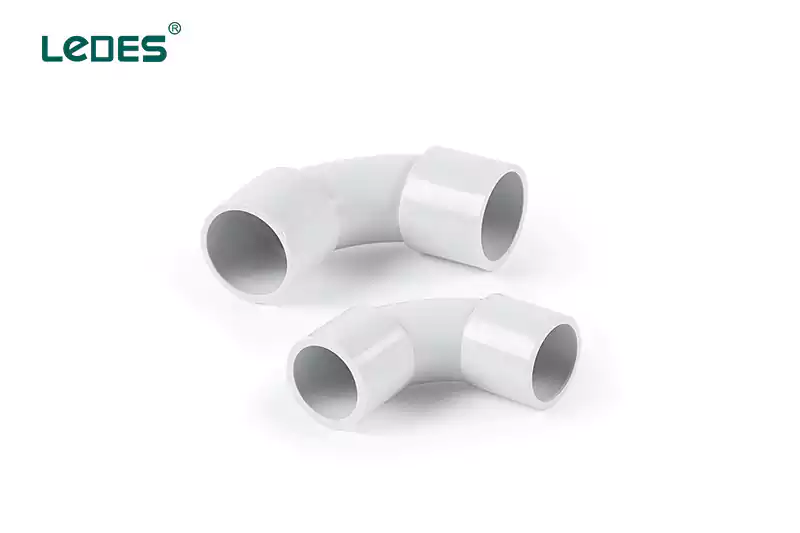
Solid elbows are standard conduit fittings that offer a 90-degree or other specified angle change in the direction of a conduit run. They are often used to navigate corners or obstacles while maintaining the integrity and protection of the electrical wiring.
90 Degree Elbows
90-degree elbows are a specific type of solid elbow that provides a right angle change in the direction of a conduit run. They are widely used in electrical installations to make sharp turns or to connect conduit sections in a perpendicular direction.
Couplings
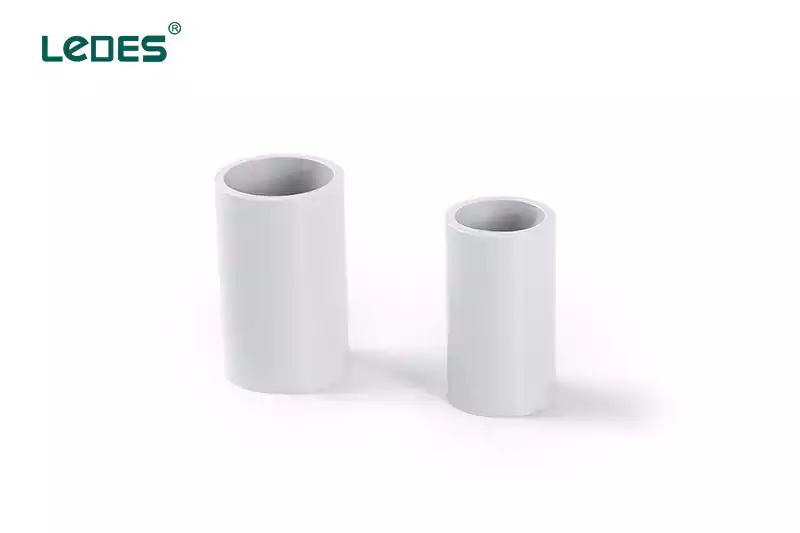
Couplings are connectors used to join two conduit sections together. They are typically used when extending or repairing conduit runs, allowing for a secure and continuous path for the electrical wiring.
Adapters
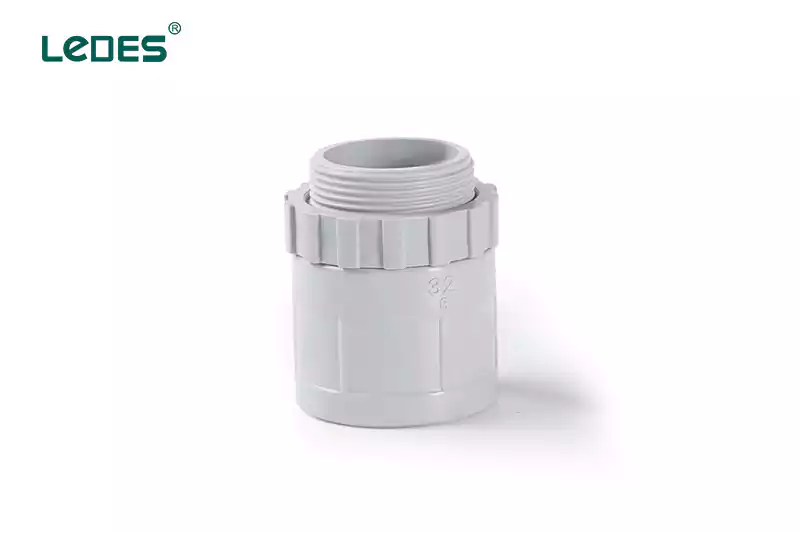
Adapters are used to connect rigid conduit or corrugated conduit with electrical boxes, such as adaptable box, switch box.
Straight Tee
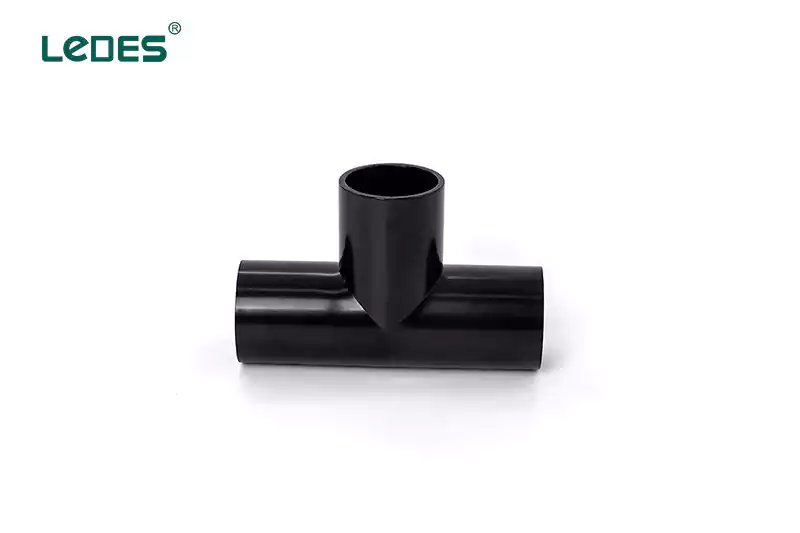
A straight tee is a conduit fitting that allows for a branch connection in a conduit run. It has three openings, with one being the main conduit path and the other two providing connections for additional conduit sections or devices.
U Clips
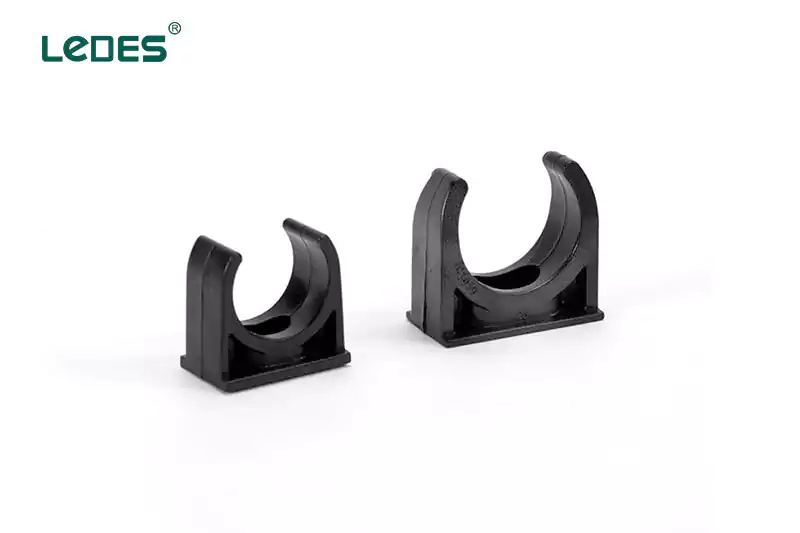
U clips, also known as conduit clips or conduit straps, are fastening devices used to secure conduits to surfaces such as walls, ceilings, or beams. They help keep the conduits in place and prevent them from sagging or moving, ensuring proper support and protection for the electrical wiring.
Maintenance and Care of Solar Conduit
Proper and regular maintenance of solar conduits can help extend their useful life and ensure the safety of solar electrical system. Here are some advices and steps you can follow for a proper conduit maintenace:
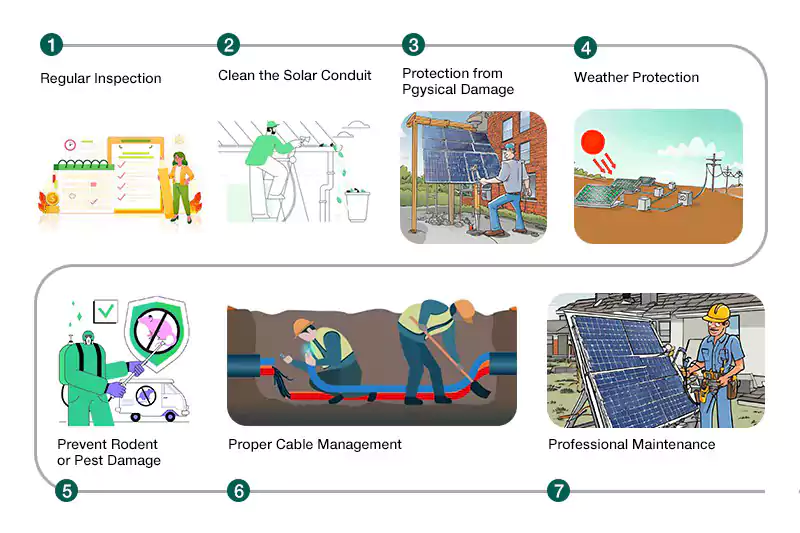
1. Regular Inspections
Conduct regular inspections of the PVC solar conduit to identify any signs of damage, wear, or deterioration. Look for cracks, breaks, sagging, or loose fittings. Promptly address any issues to prevent further damage or potential electrical hazards.
2. Cleanliness
Keep the PVC solar conduit clean by removing any dirt, dust, or debris that may accumulate on or around it. Use a soft cloth or brush to gently wipe the surface. Avoid using abrasive materials or harsh chemicals that could damage the PVC.
3. Protection from Physical Damage
Take precautions to protect the PVC solar conduit from physical damage. Avoid placing heavy objects or applying excessive pressure on the conduit. Keep it clear of sharp objects or potential impact hazards.
4. Weather Protection
PVC conduits are designed to withstand various weather conditions, but extra protection can help prolong their lifespan. Apply a UV-resistant paint or coating to shield the conduit from prolonged exposure to sunlight. Additionally, ensure the conduit is properly sealed to prevent water ingress during heavy rain or storms.
5. Prevent Rodent or Pest Damage
Check for any signs of rodent or pest activity near the PVC solar conduit. Rodents may chew through the conduit, causing damage to the wiring inside. Take necessary measures to prevent access or use rodent-deterrent methods if needed.
6. Proper Cable Management
Ensure that the cables or wires within the PVC solar conduit are properly organized and secured. Avoid excessive bending or overloading of the conduit, as it can lead to damage or poor performance. Use appropriate cable management techniques to maintain a neat and organized system.
7. Professional Maintenance
If you encounter significant damage or suspect any electrical issues, it is advisable to consult a qualified electrician or professional for assessment and repairs. They can provide expert guidance, conduct thorough inspections, and ensure the proper maintenance and safety of the PVC solar conduit.
By following these maintenance practices, you can help extend the lifespan and ensure the optimal performance of PVC solar conduit in your solar energy system. Regular inspections and timely repairs are crucial to maintaining the integrity and safety of the conduit and the electrical wiring within it.
How to Choose A Right Solar Conduit Supplier?

When selecting a solar conduit supplier, it’s important to consider several factors to ensure you choose the right one. Here are some guidelines to help you make an informed decision:
1. Quality and Standards
Look for a solar conduit supplier that offers high-quality products manufactured according to relevant industry standards, such as UL (Underwriters Laboratories) or CSA (Canadian Standards Association) certifications. Quality products ensure durability, reliability, and compliance with safety requirements.
2. Range of Products
Consider the supplier’s product range and whether they offer a variety of conduit sizes, types, and fittings to meet your specific project requirements. A supplier with a comprehensive product range can provide you with flexibility and options to suit your installation needs.
3. Material and UV Resistance
Evaluate the materials used in the solar conduits offered by the supplier. PVC (polyvinyl chloride) is a common material choice due to its durability and UV resistance. Ensure that the supplier’s conduits are designed to withstand outdoor conditions and have appropriate UV protection to prevent degradation over time.
4. Supplier Reputation
Research the reputation and track record of the supplier in the industry. Look for reviews, testimonials, or references from other customers to gauge their reliability, customer service, and product quality. A reputable supplier with positive feedback is more likely to provide satisfactory products and support.
5. Warranty and Support
Inquire about the supplier’s warranty policy and customer support services. A reliable supplier should offer warranties that cover defects or failures in their products. Additionally, they should provide responsive customer support for inquiries, technical assistance, and after-sales service.
tetur adipiscing elit. Ut elit tellus, luctus nec ullamcorper mattis, pulvinar dapibus leo.
6. Pricing and Value
Compare the pricing of different suppliers while considering the overall value they offer. Don’t solely focus on the lowest price; instead, evaluate the quality, reliability, and support provided by the supplier. Choosing a supplier that offers a balance of competitive pricing and value can ensure a cost-effective and reliable solution.
7. After-Sales Service and Support
Consider the supplier’s after-sales service and support offerings. A reliable supplier should provide excellent customer service, technical assistance, and prompt response to inquiries or issues that may arise during or after the installation process. Look for suppliers that have a dedicated support team and clear communication channels to ensure a smooth and efficient experience.
Conclusion
Solar conduits are vital components in the renewable energy industry, particularly in solar power systems. They serve the essential purpose of safely housing and protecting electrical wiring in solar installations. As the world increasingly focuses on the development and importance of renewable energy sources like solar and wind power, the demand for solar conduits has grown significantly.
As the renewable energy sector continues to expand, with increased investment and attention from individuals, businesses, and governments worldwide, the utilization of solar power and other forms of clean energy is on the rise. Consequently, the use of solar conduits has become increasingly prevalent and important in facilitating the growth and success of solar energy systems.
If you have any requirements or questions regarding solar conduits, please don’t hesitate to submit the form or send us a email, we are here to assist you.



